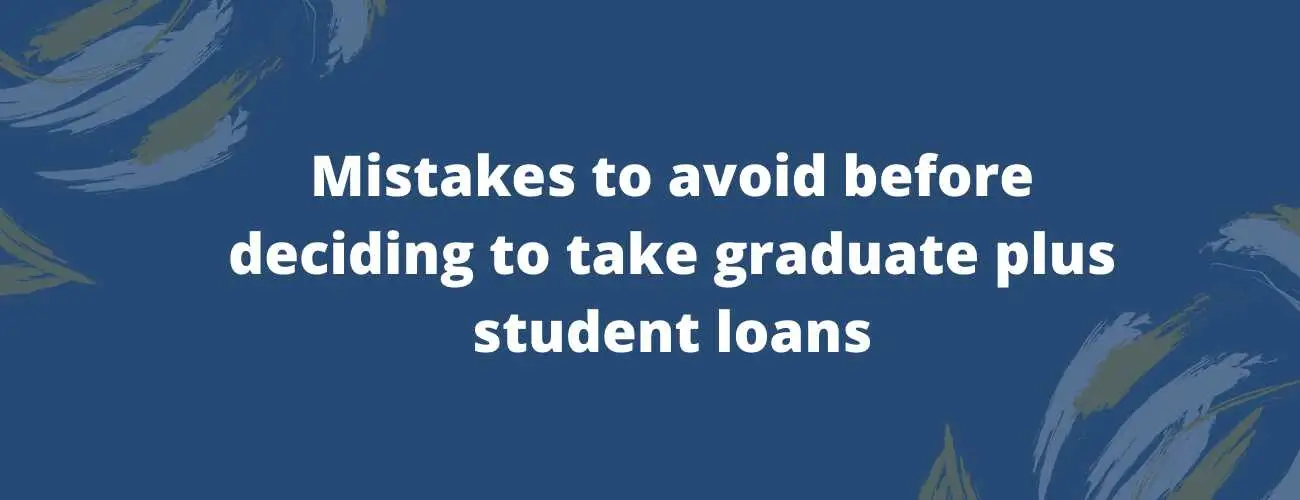What is the Maximum you can Borrow in Federal Student Loans
you can indeed get a limited amount of a lot, since the central government has a most extreme student loan measure of $31,000 for subordinate college students and $138,500 for graduate students. This is what to think about federal student help limits and what to do if you hit the roof
Updated by Namitha Antony on 28th August 2020
With regards to obtaining for school, federal student loans ought to, as a rule, be your first step. However, you can indeed get a limited amount of a lot, since the central government has a most extreme student loan measure of $31,000 for subordinate college students and $138,500 for graduate students.
This is what to think about government student help limits and what to do on the off chance that you hit that roof.
What is the maximum student loan amount?
Federal student loans limits depend on a few elements:
-
Sort of tutoring: undergrad or graduate
-
Student status: reliant or autonomous
-
Yearly versus total: every year versus per lifetime
This outline from the Pennsylvania State University student help office separates the cutoff points relying upon your circumstance:
|
Dependent Undergraduate Student |
Dependent Undergraduate Student with a Parent PLUS Loan Denial |
Independent Undergraduate Student |
Graduate or Professional Degree Student |
|
|
First Year (0-29 credits) |
$5,500. A maximum of $3,500 may be subsidized. |
$9,500. A maximum of $3,500 may be subsidized. |
$9,500. A maximum of $3,500 may be subsidized. |
$20,500 |
|
Second Year (29.1-59 credits) |
$6,500. A maximum of $4,500 may be subsidized. |
$10,500. A maximum of $4,500 may be subsidized. |
$10,500. A maximum of $4,500 may be subsidized. |
$20,500 |
|
Third, Fourth, and Fifth Years (59.1+ credits) |
$7,500. A maximum of $5,500 may be subsidized. |
$12,500. A maximum of $5,500 may be subsidized. |
$12,500. A maximum of $5,500 may be subsidized. |
$20,500 |
|
Aggregate Maximum Loan Amount |
$31,000. A maximum of $23,000 may be subsidized. |
$57,500. A maximum of $23,000 may be subsidized. |
$57,500. A maximum of $23,000 may be subsidized. |
$138,500. The graduate debt limit includes Direct Loans received for undergraduate study. |
Other than these student loan cutoff points, there are two different impediments to know about:
-
You can't surpass the expense of participation at your school; as it were, you can't take out a greater number of credits than you really need.
-
You can get Direct Subsidized Loans just for your greatest qualification period, which is "150% of the distributed length of your program" — for instance, six years for a four-year certification or three years for a two-year partner's degree.
What to do if you hit the maximum student loan amount
In the event that you've acquired the most extreme measure of student loans — or are near it — here are four stages you can take:
1. Talk to your financial aid office
The national government isn't the main spot that offers help; states and universities have programs, as well.
So converse with your financial guide office and inquire as to whether there's anything it can do. Maybe it can offer some need-or legitimacy based guide or suggest a neighborhood grant program. It additionally may have the option to assist you with discovering help from your state.
2. Drop down to part-time
In the event that you find you're going to hit the student loan max, diminishing your course burden will bring down your expenses and give you an opportunity to work while going to class. Thusly, you'll ideally have the option to cover your educational cost without assuming extra loans.
Concerning the federal student loans, you've just taken out? In case you're joined up with classes half-time, your loans will stay in delay — which implies you won't have to make installments on them.
In the event that they've financed loans, the legislature will cover the intrigue. Be that as it may, in the event that they're unsubsidized credits, you should begin making the least installments to abstain from expanding interest charges.
3. Dip into your emergency or retirement savings
Despite the fact that it's never perfect to spend your investment funds, here and there it's essential. On the off chance that you have a rainy day account, you could utilize a portion of this cash to cover the educational cost. Simply try to take a shot at supplanting what you took out.
On the off chance that you've been in the working scene for some time, you could tap your retirement investment funds for educational cost. For instance, on the off chance that you've had a Roth IRA open for over five years, you can pull back commitments for your training punishment and tax-exempt.
Take some real time to contemplate before you do as such, nonetheless. The best activity with retirement ventures is to allow them to sit and develop.
4. Consider private student loans
One last alternative to consider is private student loans. Since they aren't offered by the national government, they aren't dependent upon conventional student loan cutoff points.
You can get private student loans from an assortment of moneylenders, including enormous physical banks and littler online new businesses.
In spite of the fact that these credits have fewer limitations than government loans, their loan costs are higher. What's more, you'll presumably require a cosigner (except if, obviously, you've just been in the workforce and have built up the credit of your own).
Before you assume any extra loans, ensure you comprehend the terms — and the amount you'll wind up paying over the long term. (You can utilize our student credit installment adding machine to run the numbers.)
Taking on an extra $30,000 at a 9.00% financing cost, for instance, will prompt regularly scheduled installments of $380 when you graduate and an aggregate of $15,603 in enthusiasm for more than 10 years. Add that to the government loans you as of now have, and you could be overpowered by obligation when you graduate.
On the off chance that you've hit the greatest student loan sum, don't freeze. Take a couple of full breaths and cautiously think about your alternatives.
| Minumum Credit Score | Apply in as little as | Variable APR | Fixed APR | ||
|---|---|---|---|---|---|
 | Not Available | 15 minutes or less | 2.95 | 4.74 | View disclosures |
 | 620 | 2 minutes | 5.38%-16.99%1 | 4.43%-16.99%1 | View disclosures |
 | Not Available | 15 minutes | 1.13% - 11.23%¹ (with autopay) | 3.50% - 12.60%¹ (with autopay) | View disclosures |
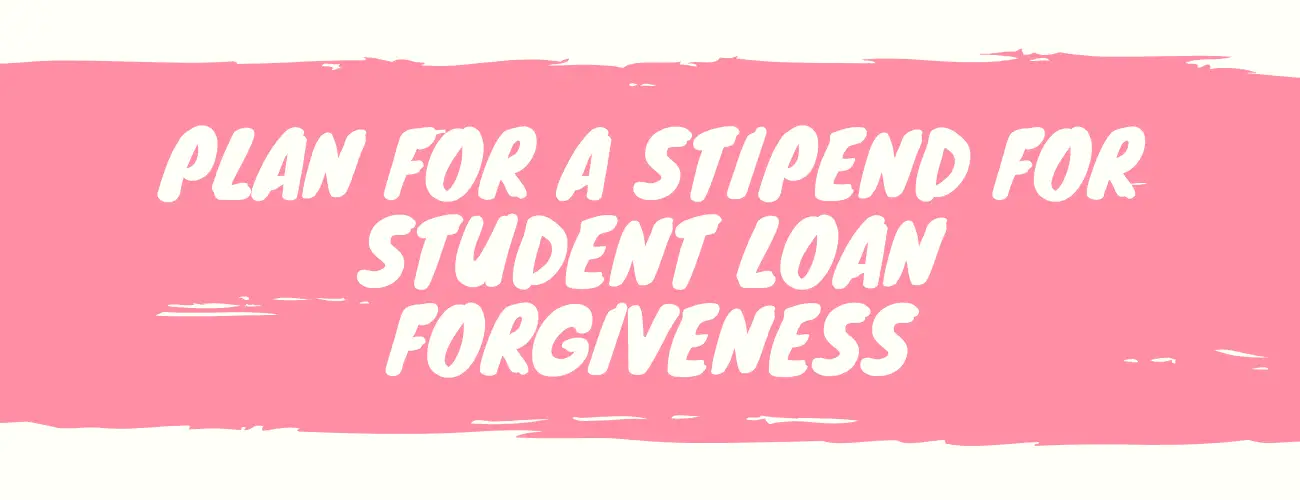
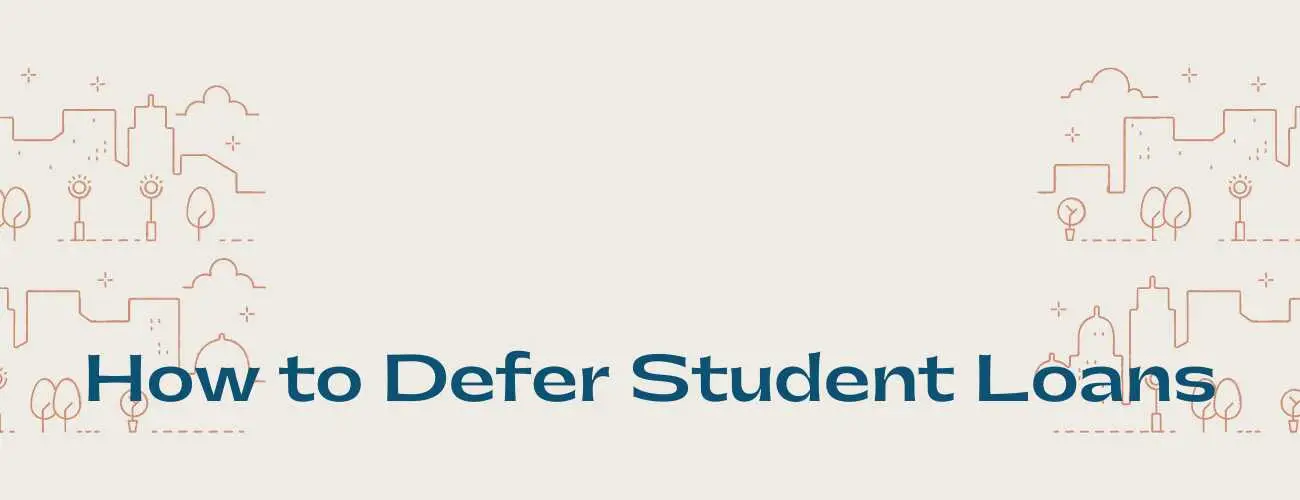
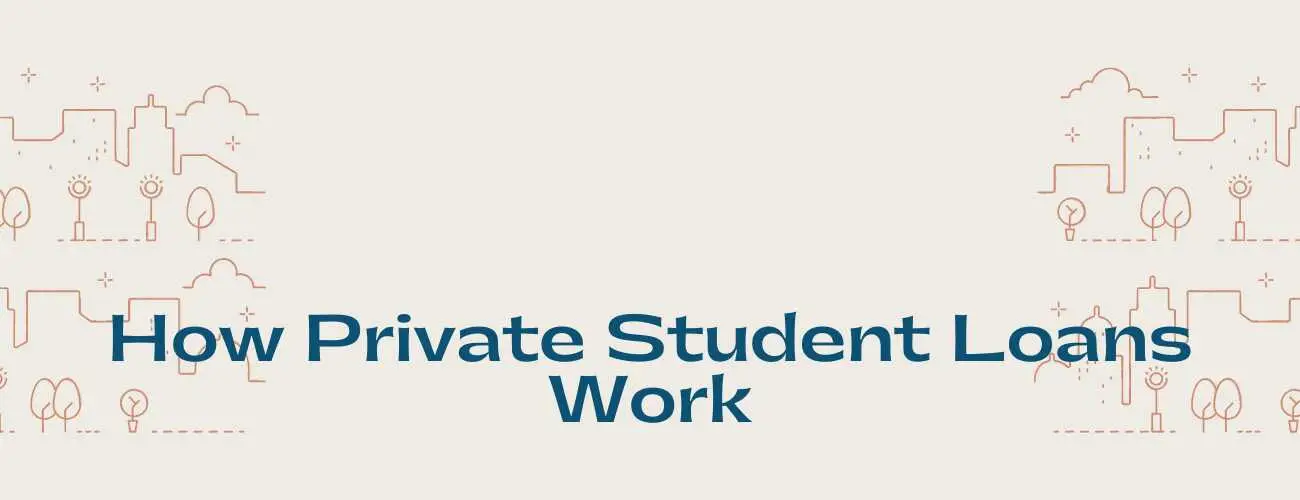
93.jpg)
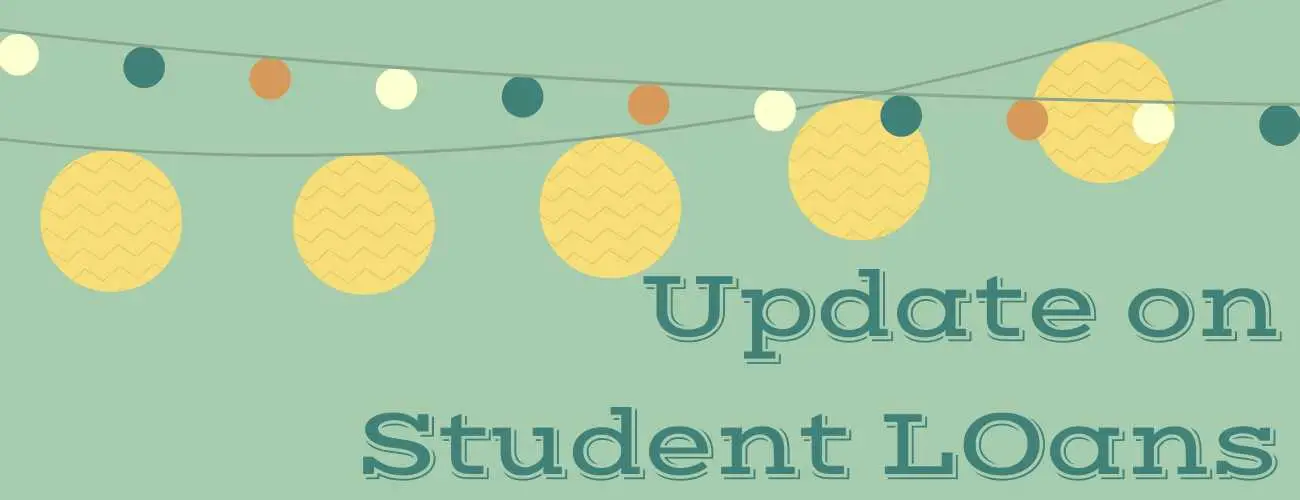
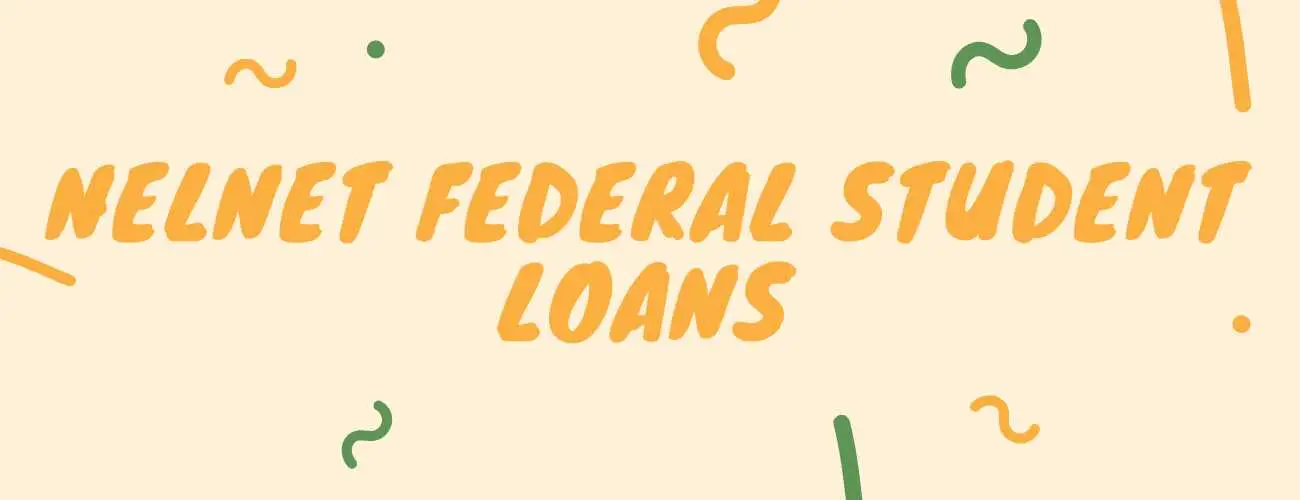
28.jpg)
